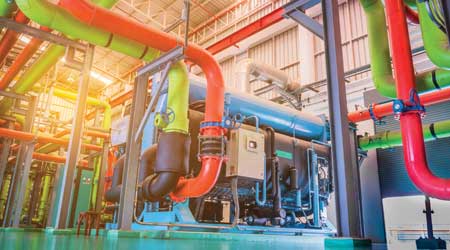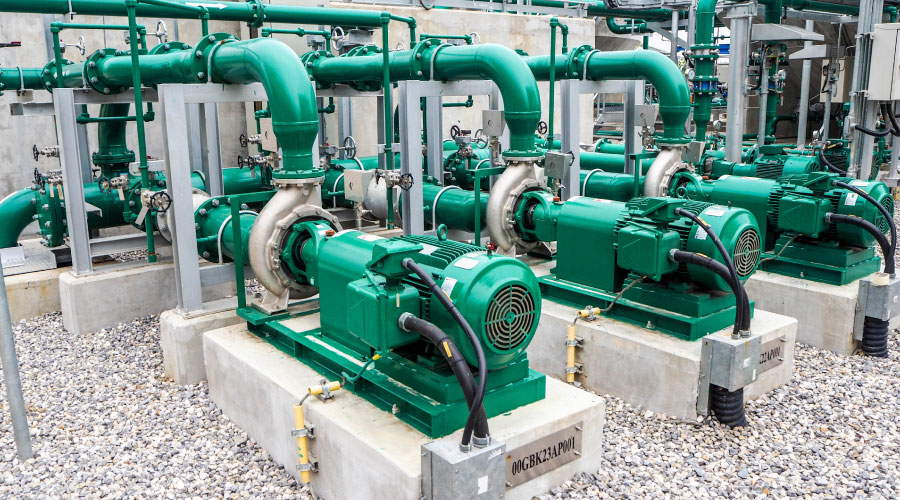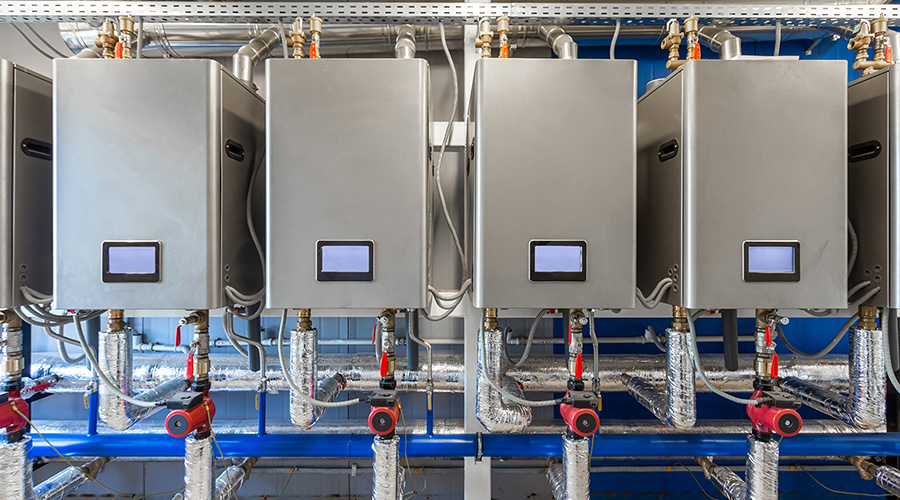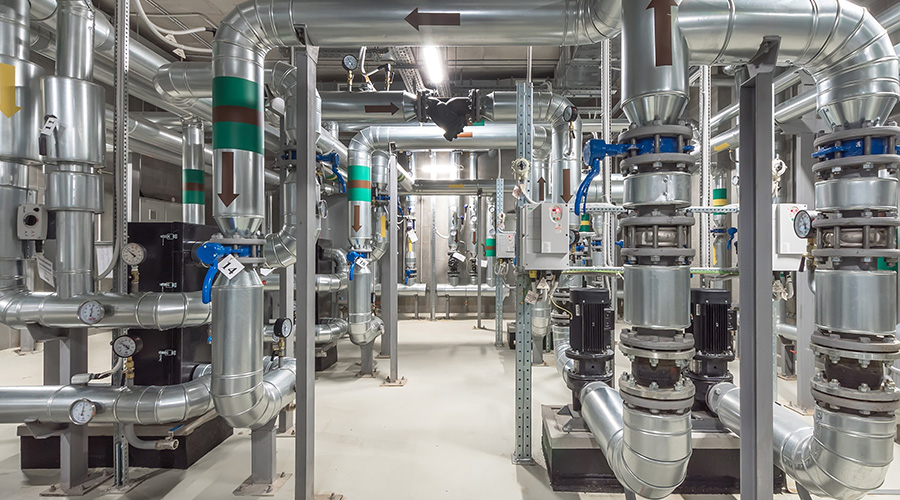Advanced Analytics Show HVAC Data Patterns
Analytics tools aim to use data from HVAC equipment to identify patterns and provide information to help facilities managers make effective decisions.
The integration of computers and microprocessors into practically all HVAC equipment has given facility managers access to an almost unlimited stream of data. This in turn has led to an entire new field called analytics. Analytics is the identification and interpretation of meaningful patterns in data. It takes data and the patterns it shows and turns them into information to help facility managers make effective decisions.
While facility managers in the past did have access to system and equipment data, such as supply and return temperatures, occupancy schedules, and in some cases, metered energy use, the data was too general to provide the detail needed for interpretation and pattern recognition. It did not allow facility managers to fully understand how things were interacting. For example, it was difficult to see the impact of load changes on a chiller's energy use as the system lacked the proper metering and data recording. That has changed with the widespread use of microprocessor-based controls and interoperable building automation systems.
When applied to building HVAC systems, analytics looks at historical data collected on the operation of systems and individual components and identifies potential trends, analyzing the impact of certain decisions or past events, in order to evaluate the performance of a particular piece of equipment or an entire system. It goes beyond just identifying what happened to look for why it happened. Its goal is to gain an understanding of how equipment operates and where there are opportunities to improve performance.
Analytics can give facility managers a better understanding of the operation of their HVAC equipment, how different pieces of that equipment interact with each other, and how different factors can impact system performance and efficiency. There are three basic ways to implement analytics in facilities: the existing building automation system, an add-on package to the BAS, or an external, vendor-based system.
BAS have embedded in them some analytic capabilities. Sensors and metering already connected to the system together with software already installed can provide a fair amount of information to facility managers. Trend logs can be set up to record key information on a set interval or whenever the data point’s value changes.
The primary advantage to the embedded BAS approach is that the data points and software already exist, making it a no-cost implementation. Operators will have to take time to set up and review the data generated, but that is a common requirement for all analytics options.
The primary drawback is that the number of points that can be monitored is limited. When most BAS were installed, the number of data points installed was limited. Analytics was in its infancy and not a major objective of the system.
The second option is an add-on to the existing BAS. In this option, facility managers identify what parameters they want to monitor and have those sensors added to the system. For example, the existing system may only be monitoring the status of a chiller along with its chilled water supply and return temperatures. By adding temperature sensors to supply and return condenser water and meters to the chiller’s electrical system, facility managers will be able to track the impact that changes in any of those temperatures has on chiller efficiency. That in turn will allow them to change operating parameters to maximize the efficiency of the chiller.
The third option, external systems from vendors, is the most expensive and most comprehensive approach to HVAC system analytics. With this option, facility managers contract with a vendor that collects the data, separates it from the BAS, and analyzes it. The primary advantage is that they can log all data points and look for trends and interactions that otherwise may be overlooked.
Before committing to any approach to analytics, facility managers must understand that there are very large amounts of data involved, data that must be collected, analyzed, and acted upon. Each data point, when collected on a 15 minute interval, will generate 35,040 values in a single year. If a system has ten data points, that means you will collect more than 350,000 values each year for just that system. Then if you are looking for how those data points trend with respect to other factors, such as weather, the numbers go even higher.
Facility managers considering analytics should do an honest evaluation of their operations. If routine maintenance isn’t being performed or if there are insufficiently trained personnel, analytics most likely will not be of much value. Do the maintenance first, then look to fine tune the operation through the tool of analytics.
James Piper, PhD, PE, is a writer and consultant who has more than 40 years of experience in facilities management. He is a contributing editor for Building Operating Management.
Email comments and questions to edward.sullivan@tradepress.com.
Related Topics:














